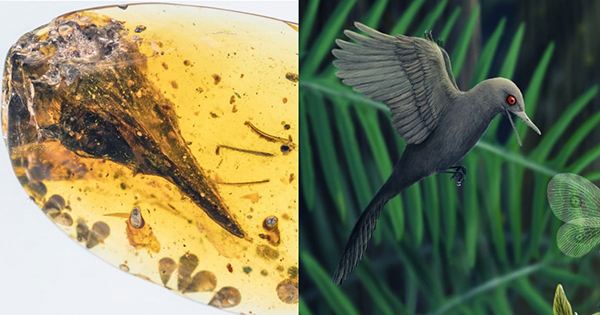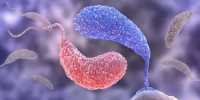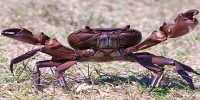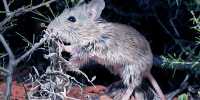Working with specimens preserved in amber for millions of years can create a confident identification as quite a challenge. Indicators of tail-tail species are easy to miss in the camouflage of the conservation process. This must have been the case for one of the critics described in a recent study – which until recently was thought of as a hummingbird-like dinosaur.
The study, published in the journal Current Biology, describes a new species of Oculudantavis species that is currently thought to contain the ancient lizard. Naming Okuludentavis Naga, the new species pays homage to the Naga of Myanmar (where the specimen was found) and to India. The Kinder Surprise Award for a sample consists of a partial skeleton, with the entire skull visible scale and complete in soft tissue. It is found as another specimen of the same species in the same region, in the Oculudentavis khangrai, which is thought to be about 99 million years old, along with O Naga.
Last year, separate species based on fossil skulls were announced through separate studies and species of “early birds” and khangrayi were announced. Shortly after its publication, the studies were challenged by experts who thought its features better reflected the views of lizards, and the study was later withdrawn. While all this is going on, researchers in the latest research and. Naga was busy describing, the fossil remains and the ruins were better preserved than the ones used in the study.
However, despite its best preservation. The Naga is still found as an unusual specimen that proves quite puzzling exactly what it did. The study was led by Arno Bolet of Mikel Crusafont, of the Cataly de Paleontology Institute in Barcelona, using CT scans of both Oculudentavis species to compare their physical characteristics and create risk signs for small animals to become lizards. “The sample shocked us all at first because it was extremely unusual if it were a lizard,” Bole said in a statement.
Among the symptoms that researchers thought were caused by the O-snake being a lizard were beard teeth that were attached to its jaw (not housed in a socket like dinosaurs) and lizard-like eyes and shoulder bones. Oh. The soft tissues of the naga seem to have the appearance of a crest over the tantrums and the shaking of the loose skin, which may have been used to display the fancy wall of the annulus.















